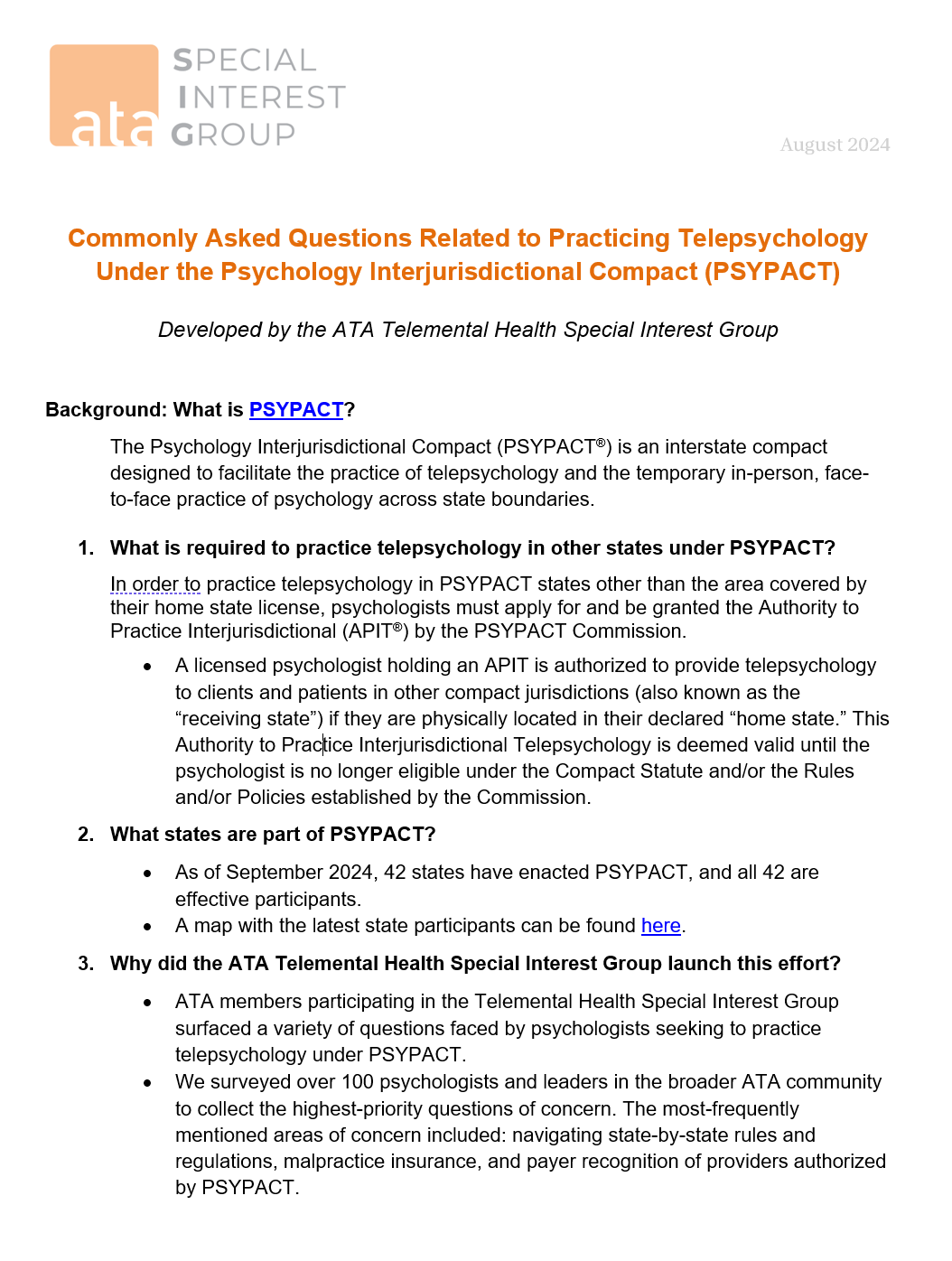Use of Telehealth During the COVID-19 Era
Telehealth is remotely delivered and synchronous medical services (telephone/audio, video visit) between a patient and a healthcare provider in an ambulatory setting (e.g., outpatient or community-based clinic) or emergency department (ED) and is further defined by the Centers for Medicare & Medicaid Services as the use of telecommunications and information technology to provide access to health assessment, diagnosis, intervention, consultation, supervision, and information across distance.1 The COVID-19 pandemic has resulted in an unprecedented increase in the use of telehealth. The question is no longer whether to use telehealth but how to provide telehealth care. We sought to answer:
- What are the characteristics of the patients, providers, and health systems using telehealth during the COVID-19 era?
- What are the benefits and harms of telehealth during the COVID-19 era?
- What is considered a successful telehealth intervention during the COVID-19 era?
- What strategies have been used to implement telehealth interventions during the COVID-19 era?
The Executive Summary is available for download, and the Systematic Review can be accessed here.



